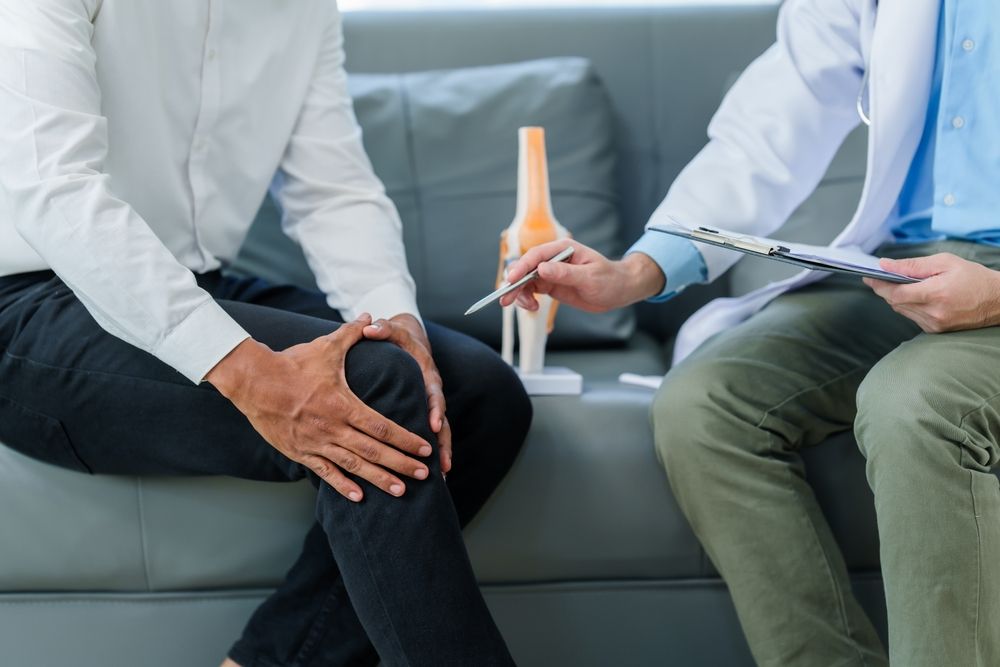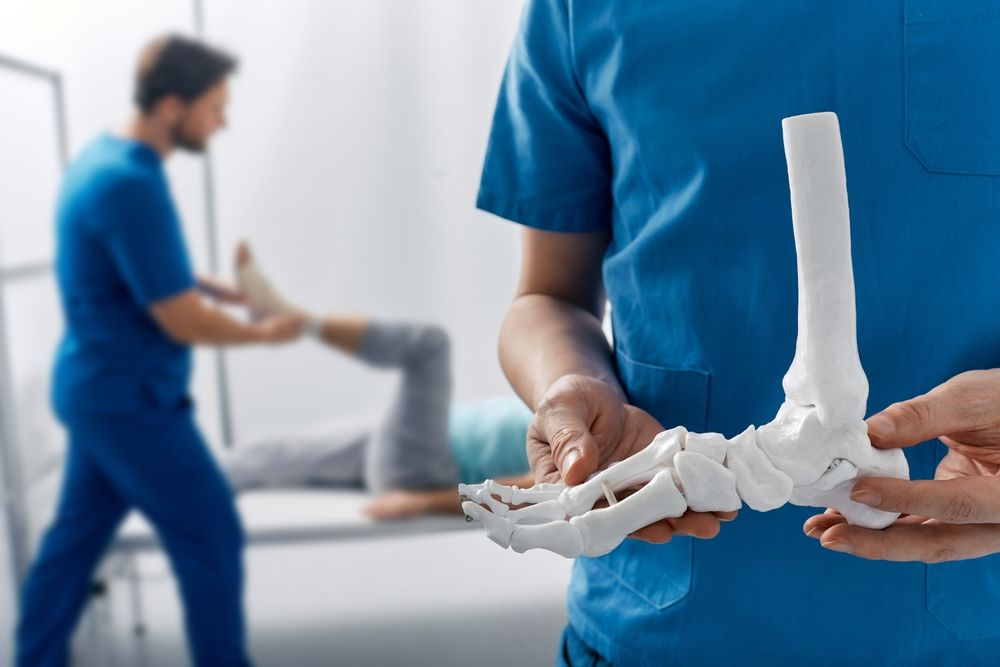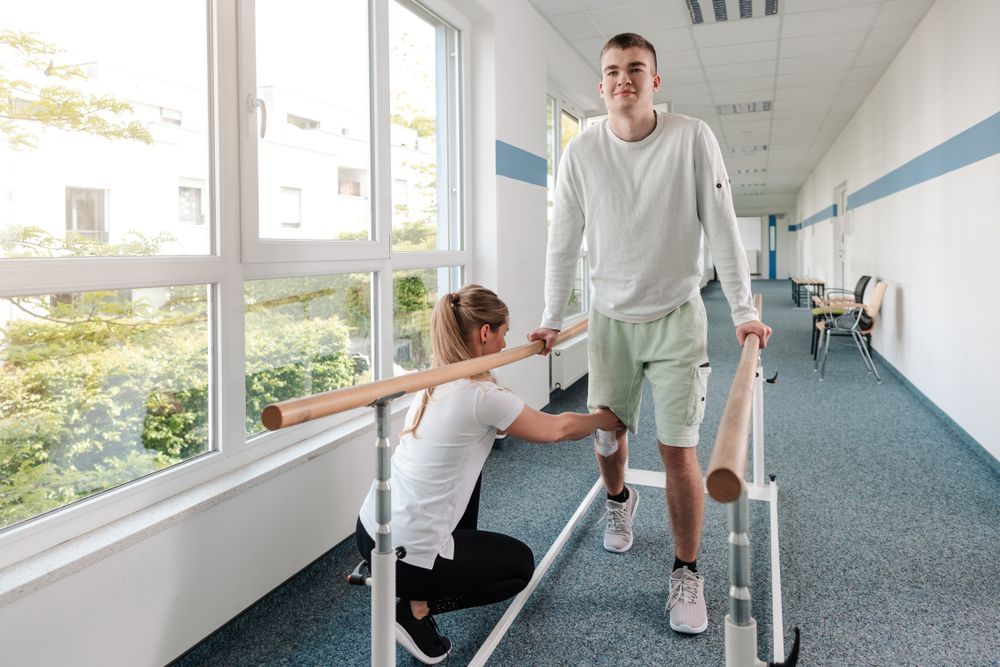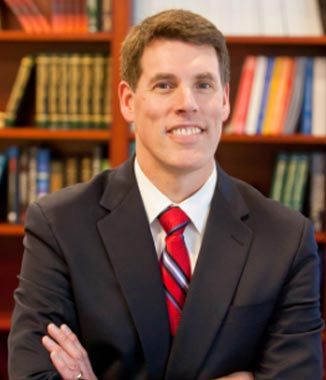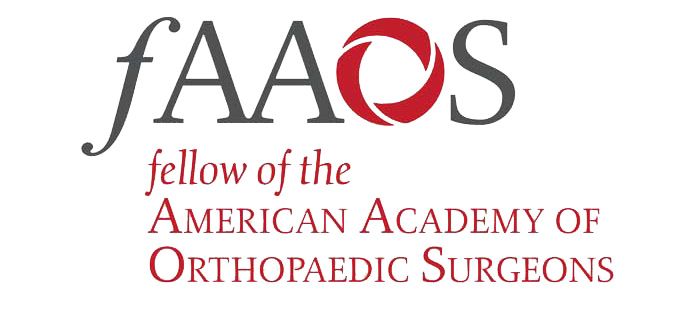The shoulder is one of the most complex joints in the human body, responsible for a wide range of movements and activities. This versatility makes it vulnerable to various conditions, from injuries to degenerative diseases. At Dearborn & Associates Institute for Joint Restoration, Dr. John Dearborn and his team, located in Fremont and Menlo Park, CA, offer expert care for shoulder problems, providing personalized solutions to restore joint health and functionality. Understanding these conditions and their treatments can help patients make informed decisions about their shoulder health.
Common Shoulder Problems
The shoulder joint is made up of bones, muscles, tendons, and ligaments, all working together to provide a wide range of motion. However, when any part of this intricate system is damaged or compromised, it can lead to significant pain and restricted movement. The following are some of the most common shoulder problems that individuals may experience:
- Rotator Cuff Injuries
The rotator cuff is a group of muscles and tendons that stabilize the shoulder. Injuries to the rotator cuff, such as tears or strains, are common, especially among athletes or individuals who engage in repetitive overhead movements. These injuries can result from trauma, wear and tear, or overuse, leading to pain, weakness, and limited range of motion. - Shoulder Impingement
Shoulder impingement occurs when the rotator cuff tendons become pinched or compressed between the shoulder bones during movement. This can cause inflammation and pain, particularly when lifting the arm or reaching overhead. If left untreated, impingement can lead to more severe issues, such as rotator cuff tears. - Frozen Shoulder (Adhesive Capsulitis)
Frozen shoulder is characterized by stiffness and pain in the shoulder joint, gradually worsening over time. This condition occurs when the connective tissue surrounding the shoulder joint thickens and tightens, restricting movement. It often develops after periods of immobilization, such as following surgery or injury, and can take months or even years to resolve without proper treatment. - Shoulder Arthritis
Arthritis can affect the shoulder joint just like any other joint in the body. The most common types of arthritis in the shoulder are osteoarthritis, which is the degeneration of cartilage over time, and rheumatoid arthritis, an autoimmune condition that attacks the joint lining. Both types can cause pain, swelling, and decreased mobility. - Shoulder Dislocation
A dislocated shoulder occurs when the head of the upper arm bone (humerus) is forced out of its socket. This can happen due to a sudden injury, such as a fall or impact. Shoulder dislocations are painful and require immediate medical attention to realign the joint. Repeated dislocations can lead to chronic instability and increase the risk of further damage.
Diagnosing Shoulder Problems
Accurately diagnosing shoulder issues is essential for developing an effective treatment plan. At Dearborn & Associates, Dr. John Dearborn utilizes advanced diagnostic techniques, including physical exams, imaging studies (X-rays, MRI, CT scans), and patient history assessments to pinpoint the underlying cause of shoulder pain. Proper diagnosis helps differentiate between various conditions and ensures that patients receive the most appropriate treatment.
Solutions for Shoulder Problems
The treatment of shoulder problems varies depending on the severity and type of condition. At Dearborn & Associates Institute for Joint Restoration, a combination of non-surgical and surgical treatments is offered to address a range of shoulder issues.
- Physical Therapy
Physical therapy is often the first line of treatment for shoulder problems. Through targeted exercises, patients can improve flexibility, strength, and range of motion, reducing pain and preventing further injury. Therapists may also use manual therapy techniques, heat/cold therapy, and ultrasound to promote healing. - Medication and Injections
Nonsteroidal anti-inflammatory drugs (NSAIDs) are commonly prescribed to reduce inflammation and pain in the shoulder. For more severe pain or inflammation, corticosteroid injections may be recommended. These injections provide temporary relief and can be used in conjunction with physical therapy to improve outcomes. - Shoulder Arthroscopy
Shoulder arthroscopy is a minimally invasive surgical procedure used to diagnose and treat various shoulder conditions. During the procedure, a small camera (arthroscope) is inserted into the shoulder joint through tiny incisions. This allows Dr. Dearborn to repair damage to the rotator cuff, remove bone spurs, or treat impingement with minimal disruption to the surrounding tissues. Arthroscopy typically results in faster recovery times and less pain compared to traditional open surgery. - Rotator Cuff Repair
For patients with significant rotator cuff tears, surgical repair may be necessary. This involves reattaching the torn tendons to the bone using sutures or anchors. In some cases, tissue grafts may be used to reinforce the repair. Following surgery, a comprehensive rehabilitation program is essential to restore full function to the shoulder. - Shoulder Replacement Surgery
In cases of severe arthritis or irreparable damage, shoulder replacement surgery may be the best option. This procedure involves replacing the damaged parts of the shoulder joint with prosthetic components. Total shoulder replacement and reverse shoulder replacement are two common types of surgeries, depending on the patient’s specific needs. Dr. Dearborn specializes in these complex procedures, providing patients with lasting relief and improved quality of life.
Preventing Future Shoulder Problems
While some shoulder problems are unavoidable, there are steps individuals can take to reduce their risk of injury or complications. Maintaining shoulder strength and flexibility through regular exercise can help support the joint and prevent overuse injuries. Additionally, avoiding repetitive overhead movements, practicing proper posture, and using ergonomic equipment can minimize strain on the shoulder joint.
For those with a history of shoulder problems, early intervention is key to preventing further damage. Seeking medical advice at the first sign of pain or discomfort can help address issues before they become more severe.
Enhancing Your Shoulder Health with Expert Care
At Dearborn & Associates Institute for Joint Restoration, Dr. John Dearborn offers personalized care for patients suffering from shoulder problems. Whether you need non-surgical treatments like physical therapy or advanced surgical interventions such as shoulder replacement, Dr. Dearborn’s expertise and compassionate approach ensure that you receive the highest quality of care. Located in Fremont and Menlo Park, CA, the team at Dearborn & Associates is dedicated to helping you restore your shoulder health and return to the activities you enjoy.
Caring for your shoulders is essential for maintaining an active and pain-free lifestyle. With the right diagnosis and treatment plan, even the most challenging shoulder problems can be addressed effectively. Whether you’re dealing with a rotator cuff injury, arthritis, or a dislocation, the team at Dearborn & Associates is here to provide comprehensive solutions tailored to your needs. Don’t let shoulder pain limit your daily life—take the first step toward recovery with the expert guidance of Dr. John Dearborn and his team.
Sources:
Neer, C. S. (1983). Impingement Lesions. Clinical Orthopaedics and Related Research.
Bigliani, L. U., & Levine, W. N. (1997). Rotator Cuff Disorders. Orthopedic Clinics of North America.
Hawkins, R. J., & Abrams, J. S. (1992). Shoulder Arthroscopy: Basic Concepts and Advanced Techniques. Journal of Bone and Joint Surgery.



